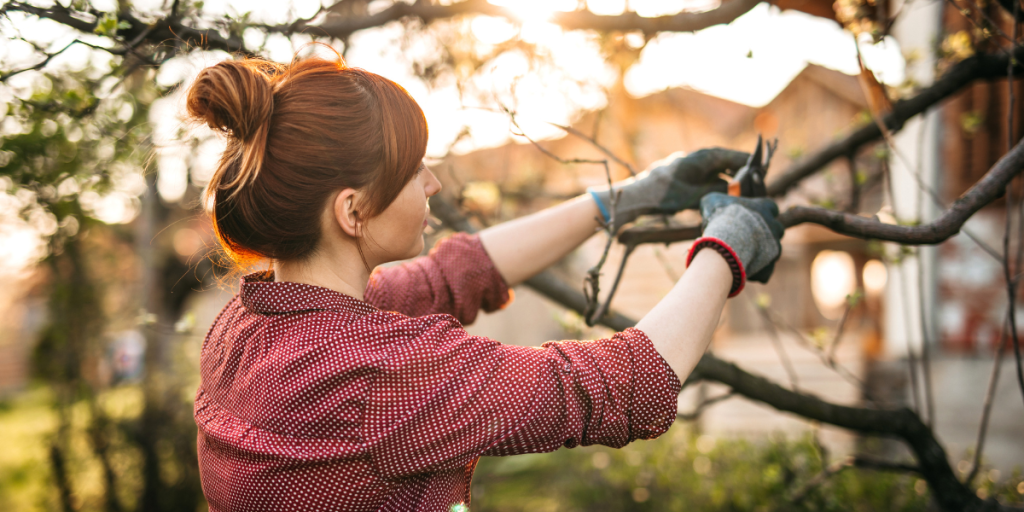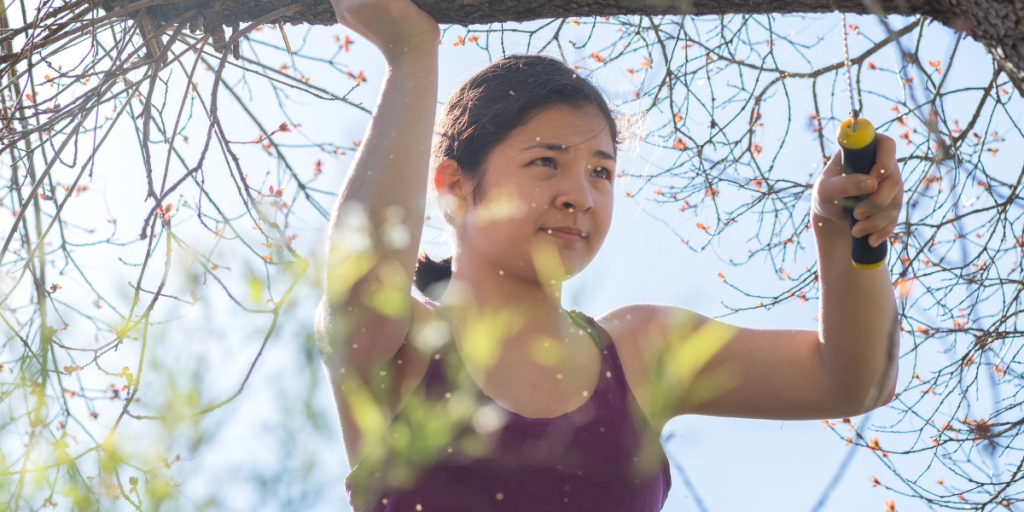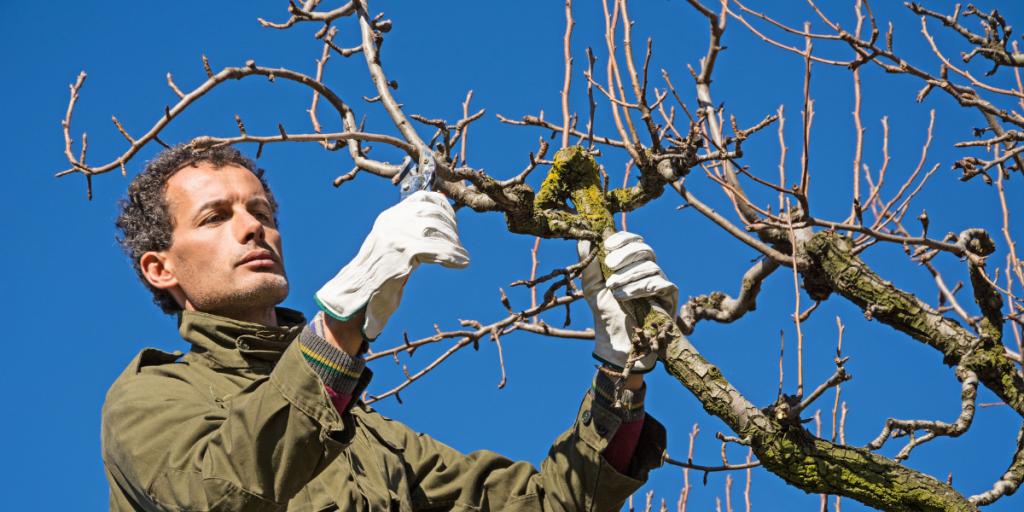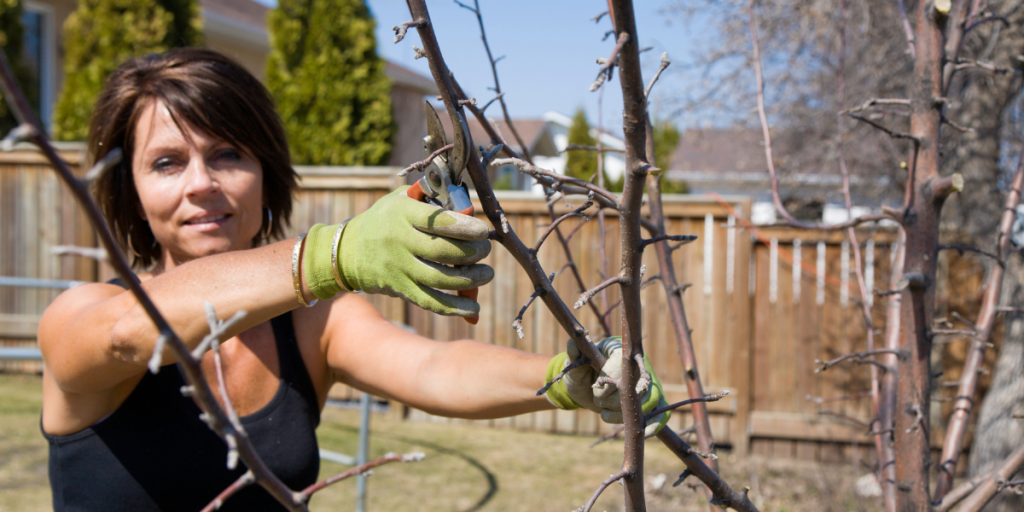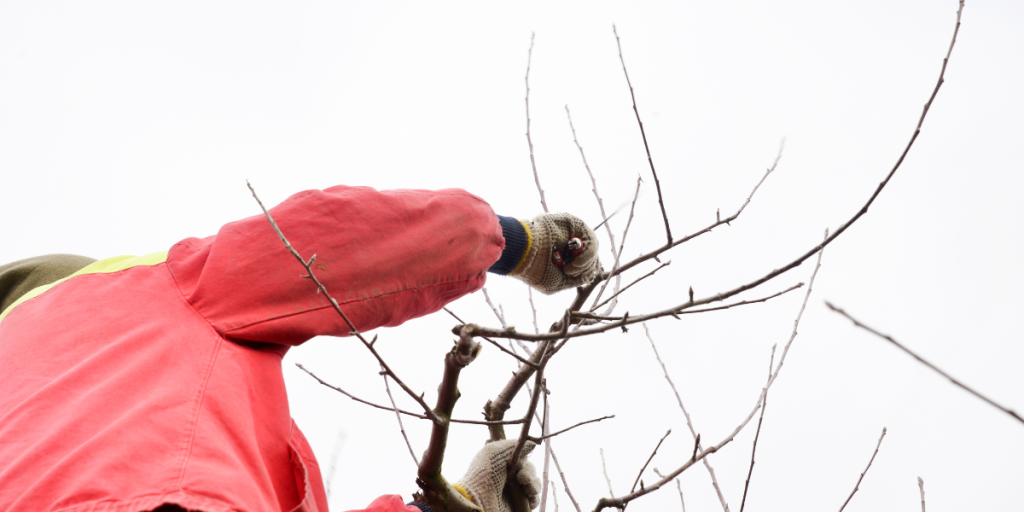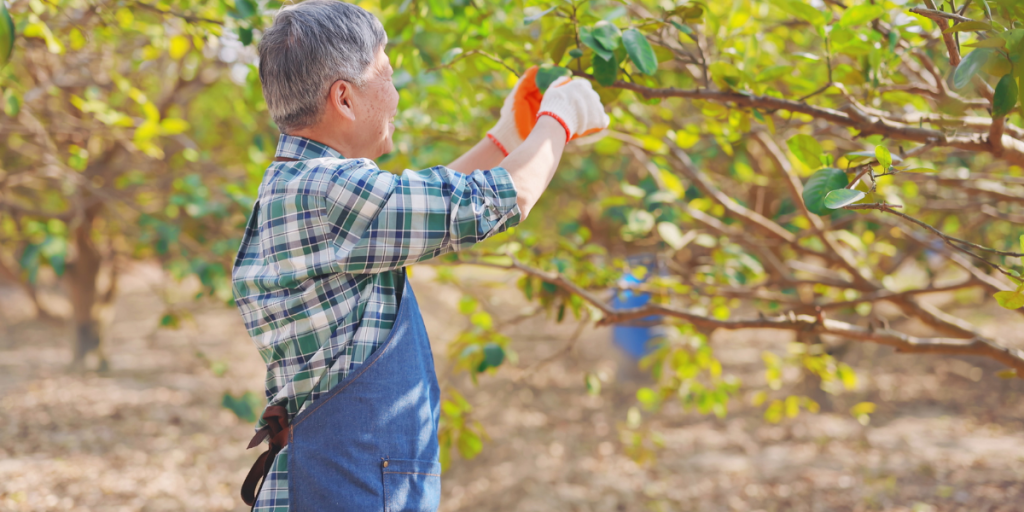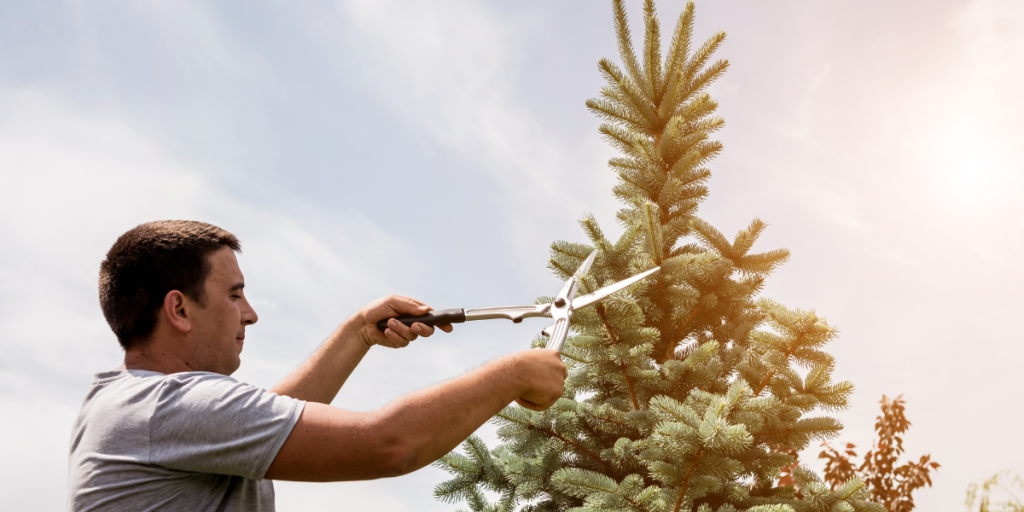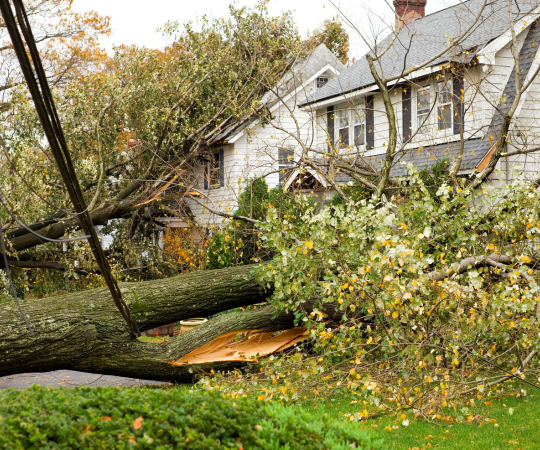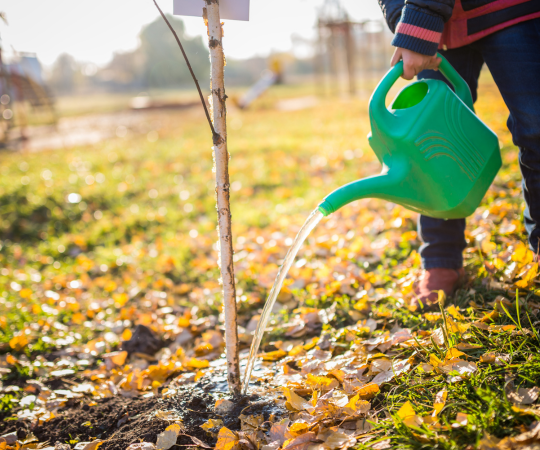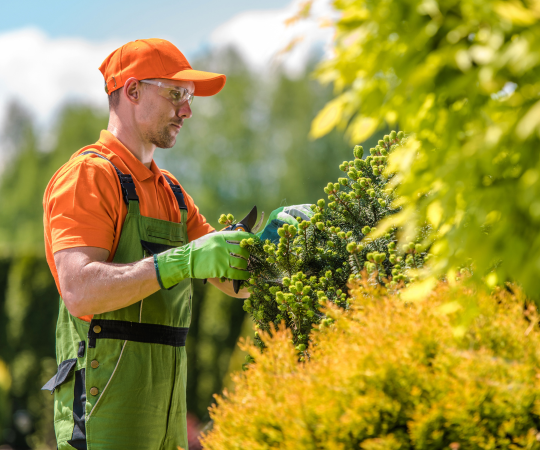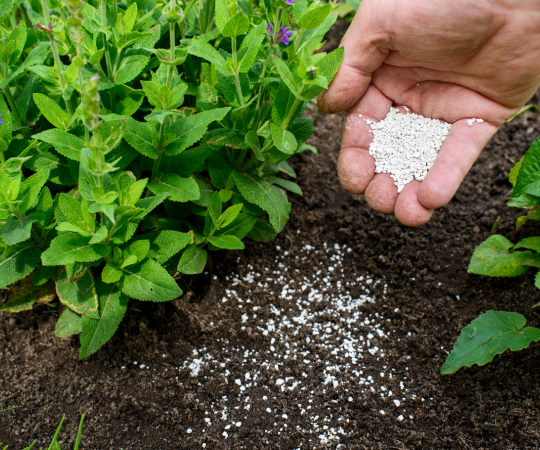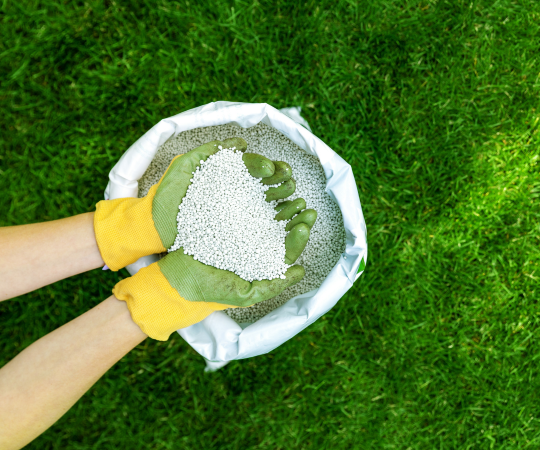Expert Tree Pruning vs. DIY Techniques: Which is Best for Your Trees?
Trees are not only essential for the environment but also hold significant aesthetic and practical value in our lives. Proper tree care, including tree pruning and lopping, plays a crucial role in maintaining the health and aesthetics of these natural wonders. This practice involves the strategic removal of branches or parts of a tree to enhance its structure, promote healthy growth, and address potential hazards. However, deciding whether to undertake tree care as a do-it-yourself (DIY) project or to hire a professional arborist can be a challenging task, as both options have their pros and cons. In this discussion, we will explore the importance of tree pruning and lopping, the debate surrounding DIY tree care versus professional arborists, and the factors one should consider before making a decision.
Understanding Tree Pruning and Lopping
Differentiating between pruning and lopping
Tree Pruning: Tree pruning is a horticultural practice that involves selectively removing specific branches or parts of a tree. The primary purpose of pruning is to maintain the health, appearance, and safety of the tree. Pruning is typically done with precision, taking into account the tree’s growth patterns and natural form. It helps to direct the tree’s growth, remove dead or diseased branches, and improve its overall structure.
Pruning is done using specialized tools, such as pruning shears, loppers, and pruning saws. Proper pruning techniques involve making clean cuts at the branch collar, which is the area where the branch meets the trunk or parent branch. When done correctly, pruning promotes healthy growth, prevents potential hazards, and enhances the aesthetic value of the tree.
Tree Lopping: Tree lopping, on the other hand, is a more aggressive and less precise method of tree trimming. It involves cutting off large sections of the tree, often without considering the tree’s natural growth patterns or structure. Lopping is typically done to reduce the tree’s size, remove excessive growth, or clear branches that may be obstructing utility lines or causing other problems.
Unfortunately, tree lopping can be detrimental to the tree’s health and appearance. The large, unrefined cuts can lead to decay, weak regrowth, and an increased risk of disease or pests. Lopping is generally not recommended by arborists and tree care professionals unless it’s necessary for specific reasons like hazard removal.
The benefits of tree pruning
- Encouraging healthy growth and development: Pruning helps the tree by removing dead or diseased branches, which can otherwise attract pests and spread diseases. By eliminating these weak or damaged parts, the tree can focus its energy on growing new, healthy branches and foliage.
- Enhancing the tree’s appearance and shape: Pruning can be used to shape the tree, improve its aesthetics, and maintain a balanced form. This is especially important for trees planted in urban landscapes and gardens, where their visual appeal is a significant factor.
- Removing hazardous branches: Over time, trees can develop weak branches or limbs that might pose a risk to property, people, or other plants. Pruning helps to identify and remove these hazardous branches, making the tree safer for its surroundings.
The purpose of tree lopping
- Dealing with overgrown trees: In situations where a tree has become excessively large or overgrown, lopping may be considered to reduce its size. However, it’s crucial to approach this carefully and ideally seek advice from an arborist, as lopping can lead to negative consequences for the tree’s health.
- Managing potential hazards: Lopping can be used to eliminate branches that are dangerously close to utility lines, buildings, or other structures. This can help prevent accidents and damage during storms or high winds.
- Promoting light penetration and air circulation: Lopping can open up the tree’s canopy, allowing more sunlight to reach the lower parts of the tree and the surrounding vegetation. Improved air circulation can also benefit the tree by reducing the risk of fungal infections and promoting healthier growth.
Pros and Cons of DIY Tree Care
Pros of DIY Tree Care
- Cost-saving potential: One of the most significant advantages of do-it-yourself (DIY) tree care is the potential to save money. Hiring professional arborists or tree care services can be expensive, especially for routine maintenance tasks. By taking care of certain tree care activities on your own, you can avoid these costs and invest in the necessary tools and equipment instead, which can be more cost-effective in the long run.
- Personal satisfaction and connection with your trees: DIY tree care allows homeowners to develop a deeper connection with their trees. By personally tending to their trees, individuals can better understand the specific needs and characteristics of each tree on their property. This hands-on approach can lead to a sense of accomplishment and appreciation for nature, fostering a stronger bond with the landscape.
- Small-scale pruning and maintenance tasks: For minor pruning, trimming, or basic maintenance tasks, DIY tree care can be perfectly suitable. Trimming small branches, deadheading flowers, or removing small diseased parts of a tree are examples of tasks that can be performed safely and effectively by homeowners without extensive training.
Cons of DIY Tree Care
- Lack of specialized knowledge and training: Proper tree care requires a certain level of expertise and knowledge about tree biology, species identification, and the appropriate techniques for pruning and maintenance. Without this specialized knowledge, DIY enthusiasts may inadvertently damage the tree or cause it to develop structural problems. Improper pruning, for instance, can weaken the tree’s structure, making it more susceptible to diseases and pests.
- Safety risks and potential accidents: Tree care often involves working at heights and using sharp tools, which can be dangerous for inexperienced individuals. Falls from trees, cuts, and other injuries are common risks associated with DIY tree care. Professional arborists are trained to handle such tasks safely using proper safety gear and techniques, reducing the risk of accidents.
- Possibility of causing long-term damage to the tree: Trees are long-lived organisms that can take decades to mature properly. Making mistakes in tree care can have long-term consequences. For example, topping a tree (removing large branches from the top) may lead to weakened growth, decay, and even tree death. Inappropriate fertilization or watering practices can also harm the tree’s health and growth.
Advantages of Hiring a Professional Arborist
- Expertise and Knowledge: Hiring a professional arborist brings a wealth of expertise and knowledge to your tree care needs. These individuals have undergone extensive training and education in arboriculture, which encompasses the study of tree biology, physiology, diseases, and proper care practices. Their expertise allows them to accurately assess the health of trees, identify potential issues, and implement appropriate solutions. Whether it’s tree pruning, tree removal, or tree planting, an arborist can offer valuable insights and recommendations based on their understanding of various tree species and their specific requirements.
- Safety and Risk Management: Tree work can be hazardous, especially when it involves climbing, cutting, and handling heavy branches or equipment. Professional arborists are well-versed in safety protocols and have the necessary training to execute tree care tasks with minimal risk to themselves, your property, and the surrounding environment. They use specialized safety equipment and techniques to prevent accidents and ensure a safe working environment. Attempting tree work without the appropriate knowledge and experience can lead to serious injuries or property damage.
- Proper Equipment and Tools: Arborists come equipped with a wide array of specialized tools and equipment required for various tree care tasks. From climbing gear and rigging equipment for tree removal to pruning shears and saws for trimming branches, they have access to the right tools that enable them to work efficiently and effectively. Using improper tools or equipment can not only compromise the health of the tree but also pose safety risks to the individual attempting the work.
- Comprehensive Tree Care and Health Evaluation: A professional arborist takes a holistic approach to tree care. They don’t just focus on immediate tree-related issues but also assess the overall health and long-term well-being of the trees on your property. They can detect early signs of disease, pest infestations, and structural weaknesses that may not be apparent to the untrained eye. By addressing these concerns early on, they can prevent further damage and help your trees thrive for years to come.
- Compliance with Local Regulations and Permits: Tree care is often subject to local regulations and may require permits, especially when it involves tree removal or significant pruning. A professional arborist is familiar with these regulations and can guide you through the process to ensure compliance. They can obtain the necessary permits on your behalf and make sure that the tree work adheres to local guidelines, avoiding potential legal issues and fines.
Factors to Consider When Making a Decision
Factors to Consider When Making a Decision
- Size and complexity of the tree(s) involved: The size and complexity of the tree(s) play a crucial role in decision-making related to tree care. Larger trees or those with intricate branching structures may require more extensive and specialized care. Pruning, trimming, or even complete removal of larger trees can be more challenging and dangerous tasks, necessitating professional expertise and equipment. On the other hand, smaller and less complex trees might be manageable for DIY care if you have the appropriate knowledge and tools.
- Your own experience and knowledge in tree care: Assessing your own experience and knowledge in tree care is vital before deciding whether to tackle the task yourself or hire a professional. If you have previous experience and feel confident in your abilities, you may be able to handle simple pruning or basic tree care tasks on your own. However, for more complex issues like disease management, structural pruning, or dealing with large trees, it is generally best to consult with an arborist or tree care expert.
- Time availability and commitment required for DIY tree care: Tree care can be time-consuming, especially if you choose to do it yourself. Pruning, watering, mulching, and other maintenance activities all demand a certain level of commitment and regularity. Consider whether you have the time and energy to devote to proper tree care. If your schedule is tight or if you lack the necessary time to devote to tree maintenance, hiring a professional service might be a more suitable option.
- Safety considerations for yourself and your property: Safety should always be a top priority when it comes to tree care decisions. DIY tree care, especially for larger trees or tasks that require climbing, can be hazardous without the proper training and equipment. Falls from trees or improper use of cutting tools can lead to serious injuries. Additionally, there is a risk of causing property damage if the tree care is not performed correctly. Hiring a professional arborist ensures that the work is carried out safely and with minimal risk to both yourself and your property.
- Long-term impact on tree health and aesthetics: Consider the long-term impact of the decisions you make regarding tree care. Proper pruning and maintenance can enhance the tree’s health, aesthetics, and structural integrity. However, improper pruning or care can harm the tree’s health, lead to structural issues, and impact its overall appearance negatively. If you are unsure about how to care for the tree properly, it is best to seek advice from an arborist. They can provide guidance on the right pruning techniques, disease management, and general care practices that will promote the tree’s long-term health and beauty.
When to DIY and When to Hire a Pro
DIY tasks suitable for homeowners
- Basic pruning of small branches: Basic pruning of small branches is a manageable task for homeowners. This includes trimming back small branches that are within reach and do not require the use of specialized equipment or climbing. Pruning can help maintain the shape and health of the tree and is often done to remove dead or damaged limbs.
- Removing small deadwood: Removing small deadwood, such as thin and easily accessible dead branches, can be done by homeowners. Deadwood can be a safety hazard, and its removal can improve the overall health and appearance of the tree.
- Clearing away light debris: Clearing away light debris, like fallen leaves or small branches, is a simple task that homeowners can handle. Regularly tidying up the yard can help keep it clean and prevent potential issues.
When deciding to DIY these tasks, homeowners should ensure they have the necessary tools and safety equipment. Basic pruning shears, loppers, and safety goggles are typically sufficient for these small-scale tasks. However, if a branch is hard to reach or requires a ladder to access, it’s essential to exercise caution and consider hiring a professional instead.
Instances where professional assistance is necessary
- Large tree pruning and lopping: Pruning or lopping large trees requires specialized equipment and expertise. Climbing tall trees and using chainsaws at heights can be extremely dangerous for untrained individuals. Professional arborists have the necessary skills, experience, and equipment to safely prune large trees while maintaining their health and structural integrity.
- Dealing with hazardous or diseased trees: If a tree shows signs of disease or infestation, it is crucial to consult a professional arborist. They can identify the problem, recommend appropriate treatment, and, if necessary, safely remove the tree to prevent the spread of the issue to other nearby trees. Hazardous trees, such as those with large dead branches, leaning trunks, or root problems, also require professional assessment and handling.
- High-risk situations (near power lines, buildings, etc.): Any tree maintenance work that involves working close to power lines or buildings should be left to professionals. The risk of accidents, electrocution, or property damage is too high for inexperienced individuals. Arborists are trained to work safely in these delicate situations and may work with utility companies when dealing with trees near power lines.
Tips for DIY Tree Pruning and Lopping
- Invest in quality tools and safety gear: When embarking on a DIY tree pruning and lopping project, having the right tools and safety gear is paramount. High-quality tools make the task more efficient and less taxing on you and the tree. Essential tools for pruning include sharp hand pruners, loppers for thicker branches, a pruning saw for larger limbs, and a pole pruner for hard-to-reach branches. Additionally, investing in safety gear like gloves, a hard hat, safety goggles, and sturdy footwear will protect you from potential hazards such as falling debris and cuts.
- Research proper pruning techniques and timing: Proper pruning techniques are crucial to the health and growth of your trees. Take the time to research and understand the right methods for different types of trees and branches. Improper cuts can lead to disease, pests, and decay, so it’s essential to make clean cuts near the branch collar (the swollen area where the branch attaches to the tree). Avoid cutting too close or leaving a large stub, as these can both harm the tree.
Timing is also significant. Some trees are best pruned during their dormant season (late winter to early spring), while others should be pruned after flowering. Understanding the appropriate timing ensures the tree can recover and thrive.
- Start with small, manageable tasks: If you are new to tree pruning and lopping, begin with small, manageable tasks to build confidence and gain experience. Trim smaller branches first to get a feel for using the tools and understanding the tree’s response to pruning. As you become more comfortable and knowledgeable, you can gradually tackle larger branches or more complex pruning jobs.
- Avoid over-pruning and tree topping: Over-pruning, also known as “topping,” is a harmful practice that should be strictly avoided. Topping involves cutting off a significant portion of the tree’s crown, leaving large, open wounds that make the tree vulnerable to diseases and pests. Topping can also lead to weak regrowth and an unbalanced, structurally compromised tree. Instead, follow the proper pruning techniques mentioned earlier, which involve selective and thoughtful cuts that benefit the tree’s overall health.
- Regularly inspect your trees for potential issues: Regular inspections of your trees are essential to identify potential issues early on. Look for signs of disease, pest infestations, dead or damaged branches, and structural weaknesses. Catching problems early allows you to take appropriate action, such as pruning diseased branches, before the issue spreads to the entire tree or other nearby plants.
Frequently Asked Questions
Should I prune and lop my trees myself or hire a professional?
- It depends on your experience, the size of the trees, and the complexity of the pruning required. If you have minimal experience, large trees, or intricate pruning needs, hiring a professional tree service is safer and more effective.
What are the benefits of hiring a professional for tree pruning and lopping?
- Professionals have the expertise and equipment to perform safe and precise pruning, reducing the risk of accidents and damage to the tree.
- They can identify potential issues like diseases, pests, or structural problems that may require specific treatments.
- A well-trained arborist can shape the tree in a way that promotes healthy growth and enhances the aesthetic appeal of your landscape.
How can I decide if I’m capable of pruning my trees myself?
- If the trees are small and accessible with basic hand tools, and you have some prior experience, you might consider doing it yourself.
- However, if the trees are large, tall, or located near power lines or structures, it’s safer to hire a professional to avoid hazards.
Are there any legal considerations when pruning or lopping trees?
- Yes, there are often local regulations and bylaws that govern tree pruning and removal. Some areas require permits before pruning or removing certain tree species. Always check with your local authorities to ensure compliance.
What should I consider when hiring a professional tree service?
- Ensure they are licensed, insured, and have a good reputation in your community.
- Request references and read online reviews to gauge their previous customers’ experiences.
- Obtain written estimates from multiple companies to compare prices and services.
- Ask about their safety protocols and whether they follow the ANSI A300 pruning standards.
Conclusion
In conclusion, when deciding whether to prune or lop your trees yourself or hire a professional, carefully assess the size and complexity of the trees, prioritize safety, consider tree health and aesthetics, and evaluate the time, effort, and potential legal implications involved. For more complex tasks and large trees, it’s often best to rely on the expertise of a certified arborist to ensure the well-being of your trees and the safety of your property.
Published first here: https://aaatreeloppingipswich.com/diy-or-professional-pruning/

